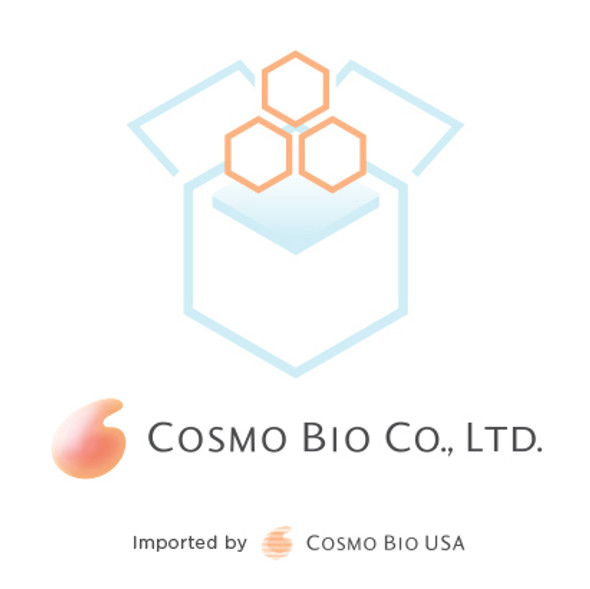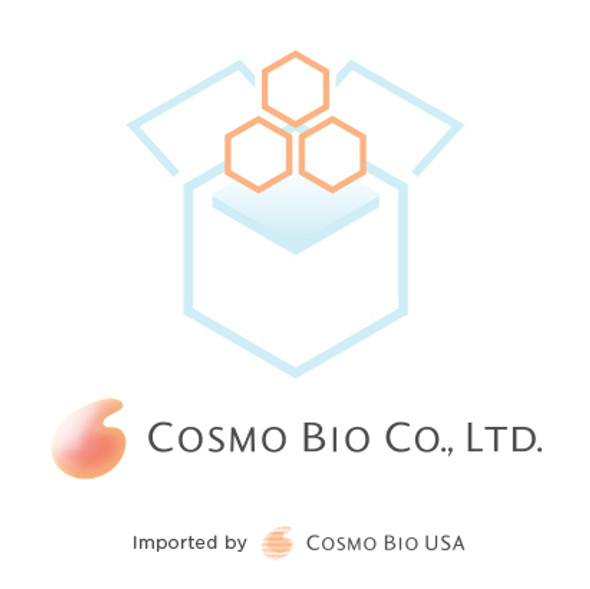Description
Clonality: Monoclonal
Host: Mouse
Purification: Supernatant
Reactivity: Bovine, Human
Hemidesmosomes are adhesive structures between cells and the extracellular matrix. They play a role in anchoring intermediate fibers to the extracellular basement membrane. Structurally, hemidesmosomes occur in two forms: Type I and Type II. Type I hemidesmosomes develop in stratified epithelia such as the epidermis. Its main components include the intracellular linker proteins Plectin and BPAG1, the adhesion receptor integrin α6β4 and collagen type BP180/XVII. Type II hemidesmosomes occur in blood vessels, Schwann cells, and digestive tract epithelia as a simplified form of Type I hemidesmosomes, consisting only plectin and integrin α6β4. The hemidesmosomal adhesion receptor is normally associated with Laminin 5 in the basement membrane. Furthermore, Laminin 5 (of which Laminin gamma 2 is a subunit) is linked to collagen fibers in the dermis via type VII collagen. Genetic deletion of hemidesmosome-related proteins causes various forms of epidermolysis bullosa, highlighting their importance in promoting adhesion between the epidermis and the basement membrane.
The Laminin gamma 2 chain is highly homologous to the gamma 1 chain; however, it lacks domain VI, and domains V, IV and III are shorter. It is expressed in several fetal tissues but differently from gamma 1, and is specifically localized to epithelial cells in skin, lung and kidney. The gamma 2 chain together with alpha 3 and beta 3 chains constitute laminin 5 (earlier known as kalinin), which is an integral part of the anchoring filaments that connect epithelial cells to the underlying basement membrane. The epithelium-specific expression of the gamma 2 chain implied its role as an epithelium attachment molecule, and mutations in this gene have been associated with junctional epidermolysis bullosa, a skin disease characterized by blisters due to disruption of the epidermal-dermal junction.
References:
1) Yamauchi T., et al. J. Dermatol. Sci., 76:25-33 (2014).
2) Hirako Y., et al. Exp. Cell Res., 324:172-182 (2014).
3) Hirako Y., et al. J. Baiol. Chem., 273:9711-9717 (1998).






